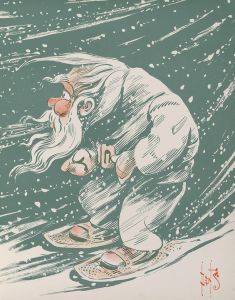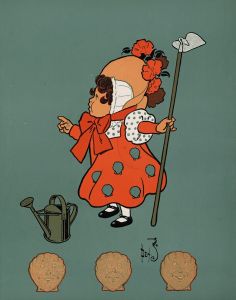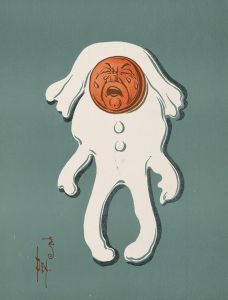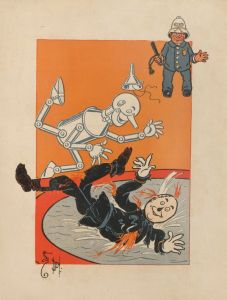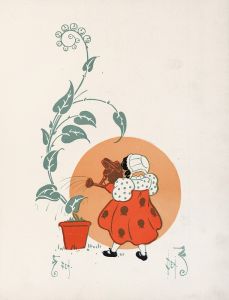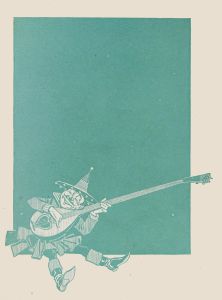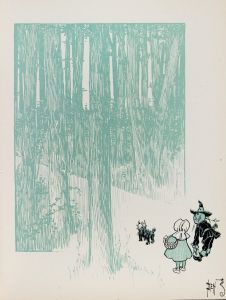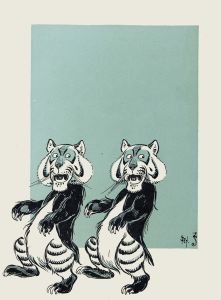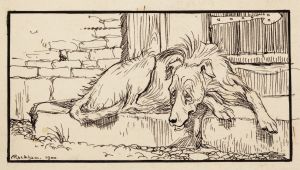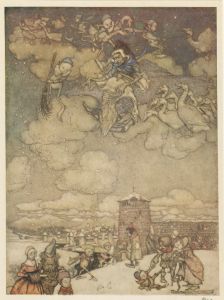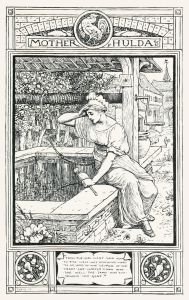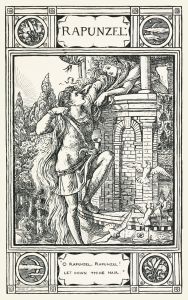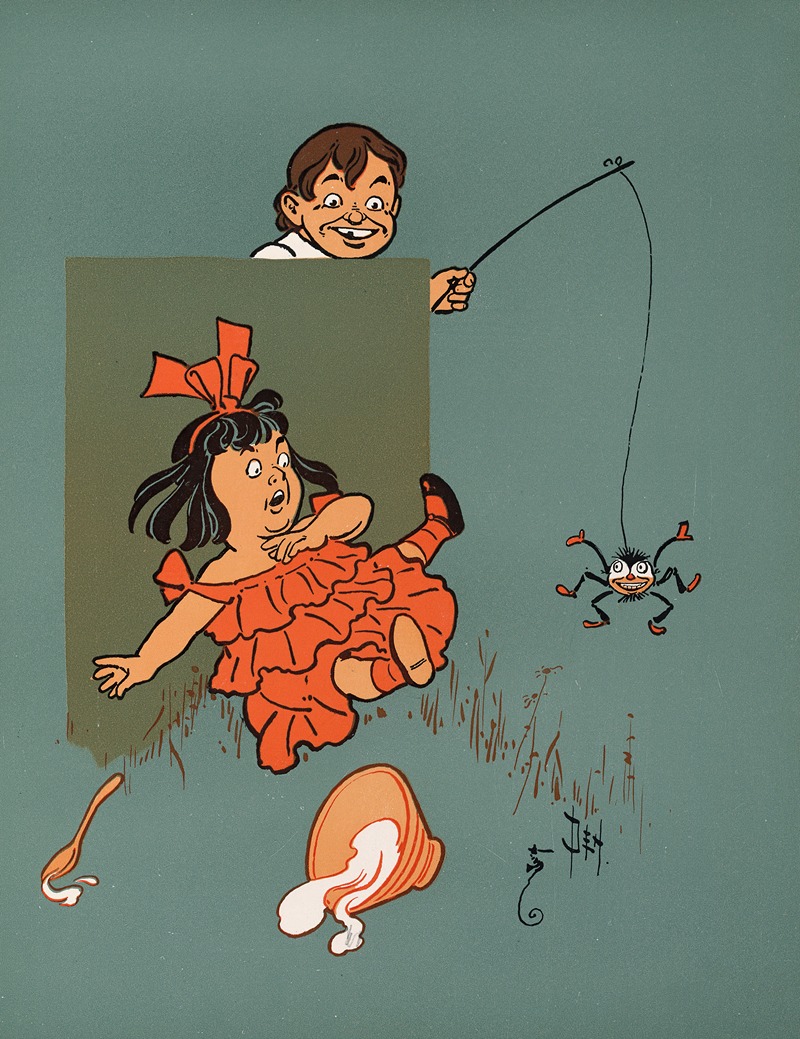
Denslow’s Mother Goose Pl 36
A hand-painted replica of William Wallace Denslow’s masterpiece Denslow’s Mother Goose Pl 36, meticulously crafted by professional artists to capture the true essence of the original. Each piece is created with museum-quality canvas and rare mineral pigments, carefully painted by experienced artists with delicate brushstrokes and rich, layered colors to perfectly recreate the texture of the original artwork. Unlike machine-printed reproductions, this hand-painted version brings the painting to life, infused with the artist’s emotions and skill in every stroke. Whether for personal collection or home decoration, it instantly elevates the artistic atmosphere of any space.
William Wallace Denslow, an American illustrator and caricaturist, is best known for his work on The Wonderful Wizard of Oz (1900) in collaboration with author L. Frank Baum. Among his other notable contributions to children's literature is his illustrated edition of Mother Goose, published in 1901. This collection of nursery rhymes featured Denslow's distinctive artistic style, characterized by bold lines, vibrant colors, and a whimsical approach to storytelling through imagery.
Plate 36 from Denslow’s Mother Goose is one of the many illustrations created by Denslow for this publication. Like the other plates in the collection, it visually interprets a traditional nursery rhyme, though the specific rhyme associated with Plate 36 is not explicitly identified in available records. Denslow’s illustrations often added a layer of humor or narrative depth to the rhymes, making them appealing to both children and adults. His work in Mother Goose reflects his ability to blend simplicity with expressive detail, a hallmark of his artistic approach.
The Mother Goose collection was published during the early 20th century, a time when illustrated children’s books were gaining popularity in the United States. Denslow’s contributions to this genre helped establish him as a prominent figure in American illustration. His work on Mother Goose is particularly noted for its use of color lithography, which allowed for vibrant and durable images that stood out compared to earlier black-and-white illustrations.
Denslow’s artistic choices in Mother Goose often included anthropomorphic characters, exaggerated expressions, and playful compositions. These elements not only captured the essence of the nursery rhymes but also showcased his unique artistic voice. His illustrations were designed to be both engaging and accessible, ensuring that young readers could easily connect with the stories.
While Denslow achieved significant success during his career, his partnership with Baum ended after The Wonderful Wizard of Oz, and he eventually faced financial difficulties later in life. Despite this, his work on Mother Goose remains a testament to his talent and creativity, continuing to be appreciated by collectors and historians of children’s literature.
Specific details about Plate 36, such as its exact rhyme or context, are not readily available in historical records. However, it is representative of Denslow’s broader contributions to the Mother Goose collection and his impact on the field of illustration.





